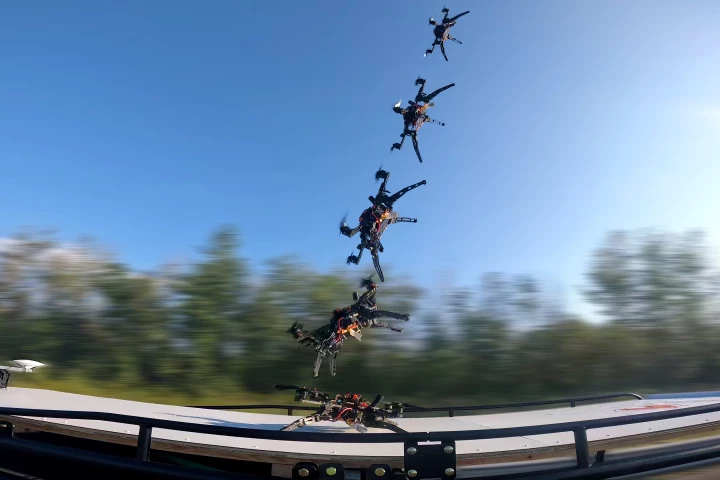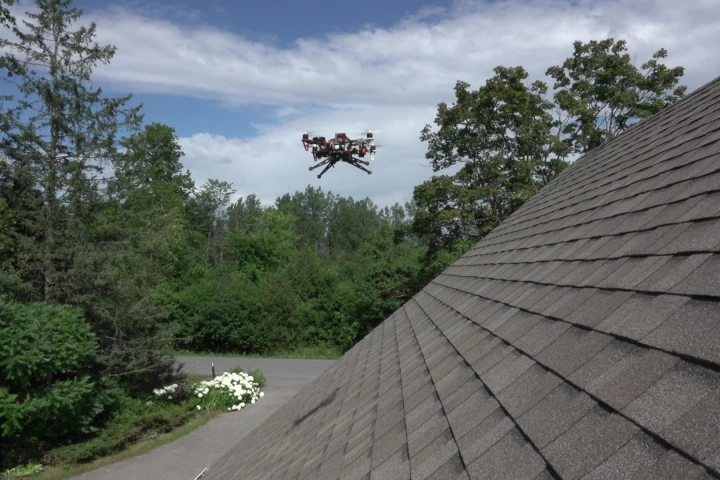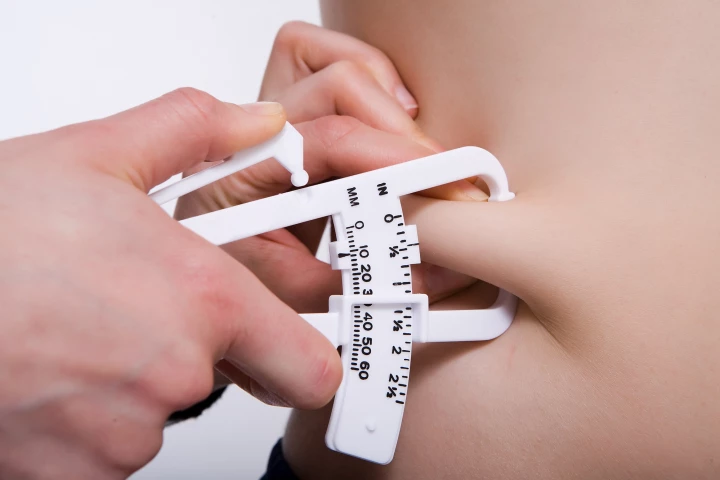Sherbrooke University
-
Drones are already very useful, but they could be even more so if they could land on vehicles without requiring those vehicles to slow down for them. A new system makes that possible, allowing for on-truck landings at speeds of 110 km/h (68 mph).
-
Daily finger-prick blood tests are an uncomfortable fact of life for diabetics, but they may not always have to be. Scientists from Canada and the US have developed a prototype home-use device that measures blood glucose levels via saliva samples.
-
Scientists working to expand the potential landing zones for drones have demonstrated a novel approach, which could enable drones to touch down on one of the more common surfaces in the urban environments – sloping roofs.
-
Scientists have shown how to activate energy-burning brown fat in mice, which helps shed weight and improves health. Results have been hard to replicate in humans, but a new study has found that we might be targeting the wrong receptor in our bodies.
-
Evidence is mounting that the building blocks of life were assembled in space and then delivered to Earth after new experiments managed to produce a key amino acid under simulated space conditions. This means we humans, and all other life on the planet, might have actually been aliens all along.
-
We have seen fixed-wing drones pull off some impressive maneuvers, with versions that dive like a seabird, land like a perching bird and even using shape-shifting wings to soar through the air like one. But landing on and taking off from vertical surfaces?
-
Fixed-wing drones have their shortcomings, namely the space needed for take off, but a team of Canadian scientists has come up with a potential solution. The drone can land and take off again on water with the potential to stop and charge itself with solar power in between flights.
-
Dragan Tutić felt that using wave power to turn seawater into the drinkable variety on the spot had been largely unexplored. Having now developed a prototype, he hopes to deploy his wave-powered desalinator to where water scarcity threatens the survival of coastal communities.







